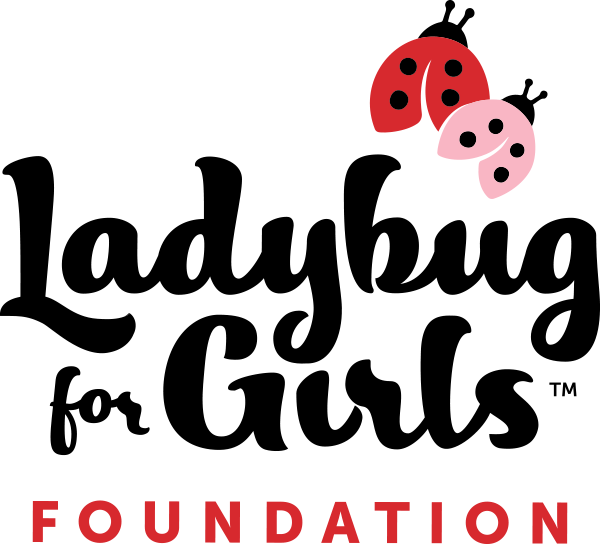National Nutrition Month: Nutrition at Every Age
Nutrition, like fitness, isn’t a one-size-fits-all experience. Throughout our lives, we will have different nutritional needs based on age, body type, health concerns, and activity levels. But what does good nutrition look like at every age? March is National Nutrition Month, and now is a great time to get a snapshot of what nutrition looks like from childhood to adulthood for our girls.

Early Childhood
Once a baby is on solid food, they will explore new tastes and textures. When they reach toddlerhood or pre-school age, they may begin to act a little pickier. Because children at this age grow in short spurts, they also tend to eat in spurts feeding their body’s need for growth along the way. Even if their meal patterns are off, offering them healthy options when ready is essential.
Fiber and calcium are the two most critical nutrients at this age.
School-Age
This most significant challenge for school-aged children is the increased access to sugar, fat, and sodium. This is partly due to the change in their social structure, access to these foods, and marketing of unhealthy but very flavorful options for children. Their bodies need carbs for development, but too much can be problematic.

To provide healthier choices, pack your child’s lunch to include nutritious foods such as fruits, vegetables, and healthy proteins, along with better carb choices will give them a good foundation.
Adolescence
The onset of puberty also changes your girl’s relationship with food. They’ll need many more calories to support the new changes in their bodies. Often, these problems are compounded by the impact of society and “diet culture,” which can lead girls to make unhealthy choices around food to restrict calories. Attention to preventing eating disorders is critical to teen girls’ well-being.
Teen girls may also need more iron than boys in the same age group due to the onset of menstruation.

Young Adulthood
Most of our dietary habits will come from our experiences when we’re young. That’s why building a solid foundation is critical. By the time your girls graduate from high school and move on to college or careers, they’ll have developed many of their food-based habits.
Focusing on healthy eating through programs such as Ladybug for Girls will give them the tools to make good choices as they enter adulthood.
Nutrition Based on Activity Levels
Of course, there isn’t a single solution for healthy eating. Your girls may also have different needs based on their fitness levels. Young athletes need to embrace a lifestyle and diet that supports their activity. For last year’s National Nutrition Month, we focused on foods for girls in sports. You can read about that here.
Dietary Concerns
It’s also important to note that some girls will face dietary concerns, such as allergies or sensitivities that can impact their eating. For example, a girl with Celiac Disease cannot process gluten and must develop a healthy gluten-free diet that supports her overall health. The Kids with Food Allergies foundation can help point parents in the right direction for resources and ideas.
We would love to talk to you about healthy food programs for your girls when they become a part of Ladybug for Girls.
